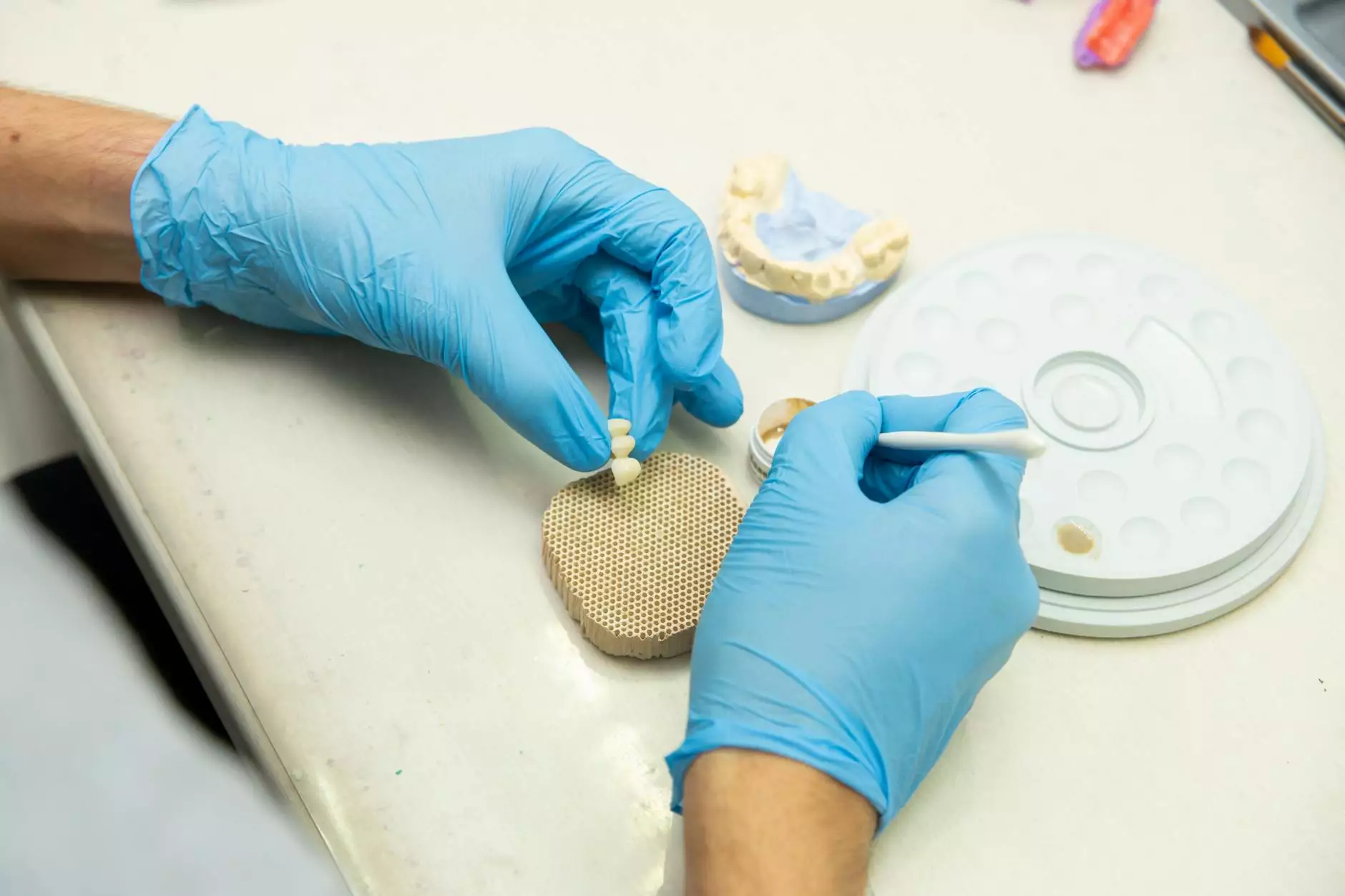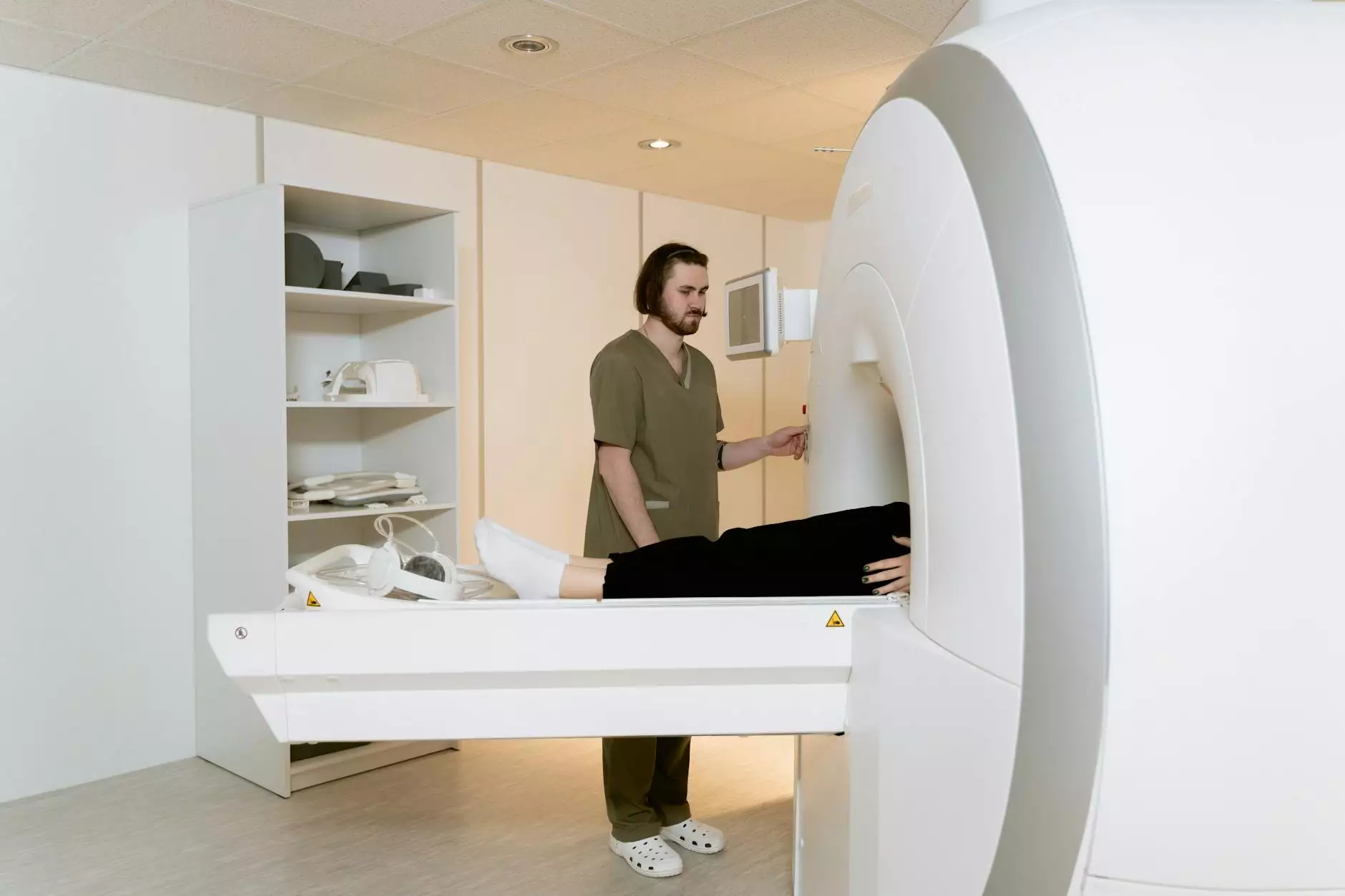Understanding What Causes Deep Vein Thrombosis

Deep vein thrombosis (DVT) is a condition that can have serious implications for those affected. It is characterized by the formation of a blood clot in one of the deep veins, usually located in the legs. This article will delve into what causes deep vein thrombosis, exploring the underlying risk factors, potential symptoms, and preventive measures that individuals can take to maintain vascular health.
What is Deep Vein Thrombosis?
DVT occurs when a blood clot forms in a deep vein, often in the legs. This condition can lead to complications such as pulmonary embolism, where the clot dislodges and travels to the lungs, posing significant health risks. Understanding the factors that contribute to this condition is critical in reducing its prevalence and ensuring timely medical intervention.
Identifying the Causes of Deep Vein Thrombosis
There are numerous factors that contribute to the development of DVT. Below are the primary causes:
- Venous Stasis: This occurs when blood flow in the veins slows down, often due to prolonged immobility—such as sitting for long periods during travel or lying in bed during illness.
- Damage to Blood Vessels: Injury to a vein, whether from surgery, trauma, or even an infection, can initiate the formation of a clot.
- Hypercoagulability: Certain medical conditions, such as cancer or genetic disorders, can cause the blood to clot more easily than normal.
- Hormonal Changes: Hormones play a significant role, and conditions such as pregnancy or using hormone replacement therapy can increase the risk of DVT.
- Obesity: Excess weight can put pressure on the veins in the pelvis and legs, leading to impaired blood flow and increased risk of clots.
Risk Factors Associated with Deep Vein Thrombosis
In addition to the primary causes, several risk factors can increase a person's likelihood of developing DVT:
- Age: The risk of DVT increases as people age, especially after the age of 60.
- Family History: A family history of blood clots can elevate risk levels.
- Surgery: Major surgery, particularly orthopedic procedures on the legs or hips, can significantly raise the risk of DVT due to immobility and vessel trauma.
- Smoking: Smoking can damage blood vessels and affect circulation, contributing to clot formation.
- Long-Distance Travel: Extended periods of sitting—such as on long flights—can promote venous stasis and increase DVT risk.
Symptoms of Deep Vein Thrombosis
Recognizing the symptoms of DVT is crucial for early detection and treatment. Symptoms can include:
- Swelling: Usually in one leg, which may be accompanied by pain or tenderness.
- Pain: Often described as a cramping or soreness in the calf or thigh.
- Red or Discolored Skin: Affected areas may appear red or have a bluish tint.
- Warmth: The area around the clot may feel warm to the touch.
Preventive Strategies for Deep Vein Thrombosis
Preventing DVT is essential, especially for individuals at higher risk. Here are some effective preventative measures:
- Stay Active: Regular physical activity promotes healthy blood flow and decreases the risk of clot formation.
- Hydration: Staying well-hydrated helps to maintain optimal blood viscosity and circulation.
- Compression Stockings: Wearing compression stockings can improve circulation in the legs, particularly during long flights or periods of immobility.
- Avoid Prolonged Immobility: Taking regular breaks during long journeys and moving around can prevent blood from pooling in the veins.
The Importance of Medical Consultation
If you suspect you are experiencing symptoms of DVT or you are at increased risk, it is important to consult a healthcare provider. A vascular specialist, such as those at Truffles Vein Specialists, can provide expert evaluation, diagnostic imaging, and personalized treatment plans to address your concerns effectively.
Conclusion: Empowering Your Knowledge
Understanding what causes deep vein thrombosis is vital for prevention and management. By recognizing the risk factors, symptoms, and preventative strategies, individuals can take proactive steps to protect their vascular health. If you are concerned about your risk or symptoms of DVT, do not hesitate to reach out to a qualified healthcare professional for guidance and support.









